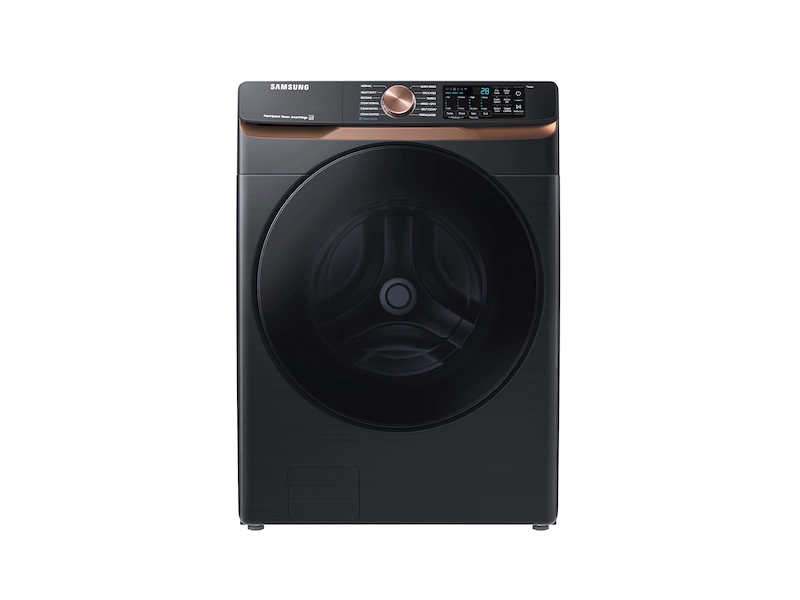Introduction
Washing machines are essential household appliances that help keep our clothes clean and fresh. However, they can also become breeding grounds for mold if not properly maintained. In this comprehensive guide, we will examine the causes of mold formation in washing machines, explore preventive measures to keep mold at bay, and discuss effective solutions for dealing with existing mold. By understanding the ins and outs of mold growth and taking proactive steps, you can ensure that your washing machine remains a clean and hygienic appliance.
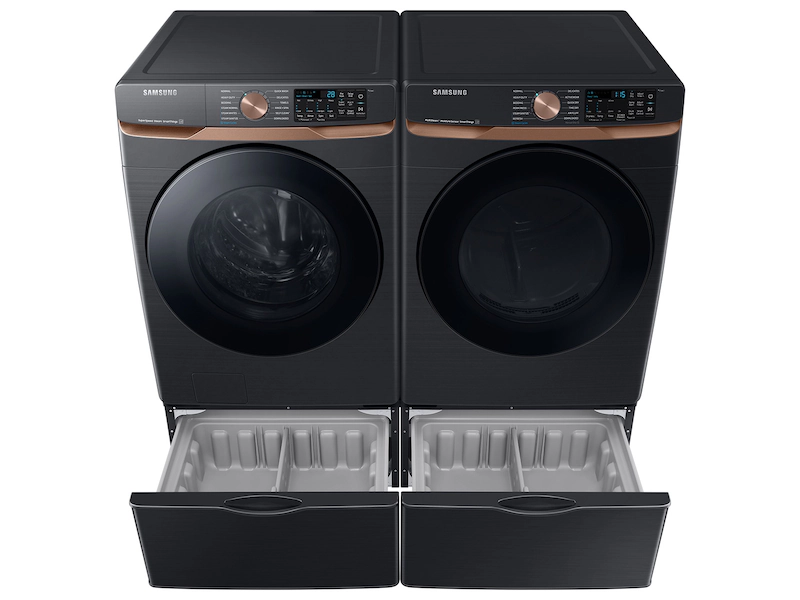
The Battle Against Mold in Washing Machines
I. Understanding Mold Formation
-
Moisture and Warmth:
- Mold thrives in environments with excess moisture and warmth, making the washing machine an ideal breeding ground if conditions are not properly managed.
-
Ideal Growing Conditions:
- The dark and damp environment inside a washing machine, especially in the presence of residual detergent and lint, provides a suitable environment for mold spores to grow and multiply.
II. Common Causes of Mold in Washing Machines
-
Residual Moisture:
- The presence of leftover moisture, such as damp clothes or moisture trapped in the drum or rubber seal, provides the perfect foundation for mold growth.
-
Insufficient Ventilation:
- A lack of proper ventilation, particularly in closed laundry areas or if the washing machine is tightly enclosed, can contribute to increased humidity, creating an ideal environment for mold.

III. Preventive Measures Against Mold
-
Promptly Remove Wet Clothing:
- Remove wet clothes from the washing machine as soon as the cycle is complete to minimize the time moisture remains in the drum.
-
Proper Ventilation:
- Ensure that your laundry area has adequate ventilation, allowing air to circulate and help dry out the washing machine and surrounding area.
-
Leave the Door Open:
- Leave the washing machine door open after use to allow air to flow inside and help dry out the drum and seals.
-
Regular Cleaning Routine:
a. Wipe Down the Drum:
- Regularly clean the drum with a cloth or sponge to remove any moisture or residue that may contribute to mold growth.
b. Clean the Rubber Seal:
- Pay specific attention to the rubber seal, where mold often accumulates. Use a mixture of vinegar and water to wipe down the seal and remove any mold or mildew.
c. Run a Cleaning Cycle:
- Periodically run an empty cycle with hot water and a cup of vinegar or bleach to sanitize the washing machine and kill any mold or bacteria present.
d. Inspect and Clean Detergent Dispenser:
- Remove, clean, and thoroughly dry the detergent dispenser to prevent mold from forming in this area.
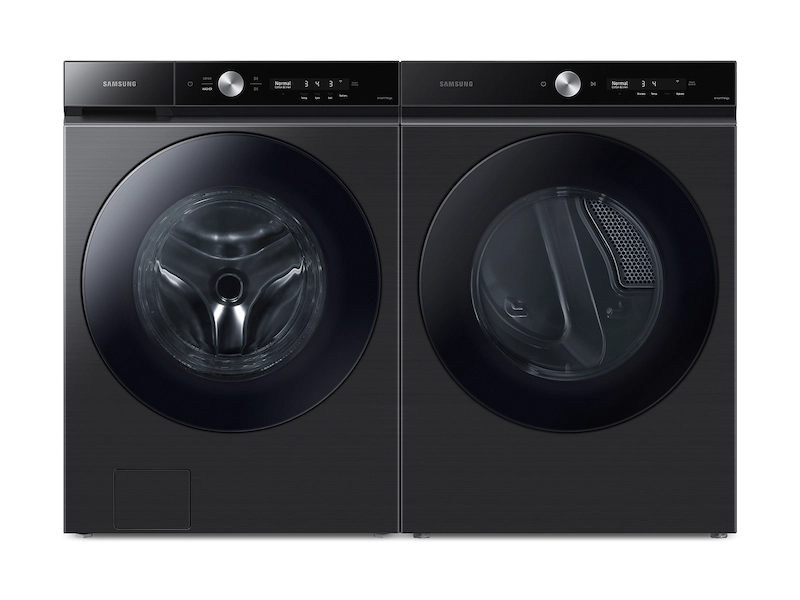
IV. Dealing with Existing Mold
-
Visual Inspection:
- Regularly inspect your washing machine for any signs of mold growth, including black or greenish spots, unpleasant odors, or visible mold on surfaces.
-
Removal Techniques:
a. Vinegar Solution:
- Prepare a solution of equal parts white vinegar and water. Apply it to affected areas, such as the rubber seal and drum, using a cloth or sponge. Let it sit for a few minutes, then scrub and rinse thoroughly.
b. Bleach Solution:
- If the mold problem persists, you may opt for a bleach solution. Create a solution of one part bleach to ten parts water and apply it to affected areas. Allow it to sit for a few minutes, then scrub and rinse well.
c. Commercial Mold Removers:
- Several commercial mold removers are available. Follow the manufacturer’s instructions carefully when using these products.
V. Additional Tips for Mold Prevention
-
Use HE Detergents:
- High-efficiency (HE) detergents produce fewer suds, reducing the buildup of residue inside the machine, which can contribute to mold growth.
-
Avoid Overloading:
- Do not overload the washing machine, as it can cause inadequate rinsing and lead to moisture retention.
-
Regular Maintenance:
- Stick to a consistent cleaning and maintenance schedule to minimize the chance of mold formation. This includes wiping down surfaces, cleaning filters, and checking for any cracks or leaks that could promote moisture buildup.
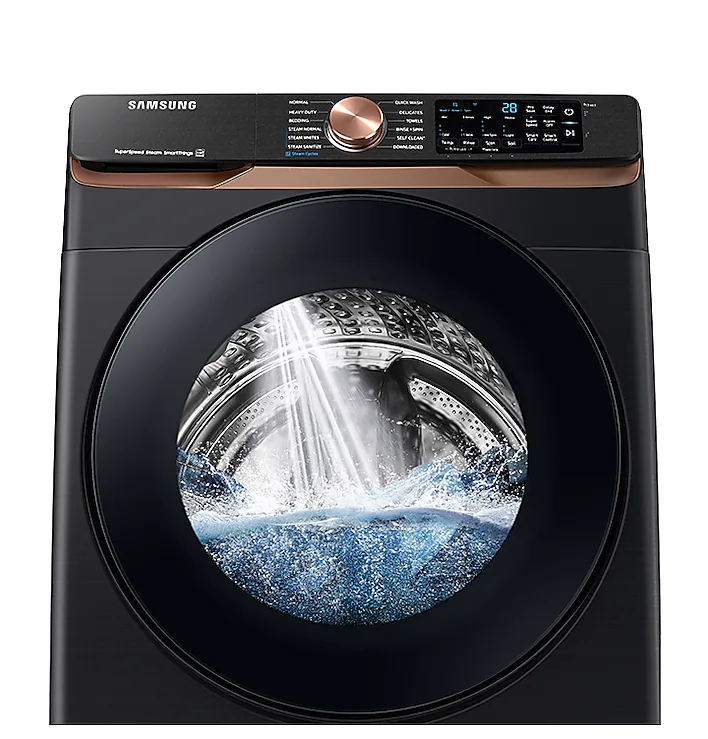
VI. Seeking Professional Help
-
Persistent Mold Issues:
- If your washing machine has persistent mold problems despite following preventive measures and implementing cleaning routines, it may be necessary to consult a professional repair technician or an expert in mold remediation.
-
Assessing Underlying Factors:
- A professional can assess and identify any underlying issues contributing to mold growth, such as faulty parts or inadequate drainage, and provide targeted solutions.
VIII. Importance of Mold-Free Washing Machines
-
Health Concerns:
- Mold growth in washing machines can lead to health issues, particularly for individuals with respiratory conditions or allergies. Mold spores can become airborne and cause respiratory irritation or trigger allergic reactions.
-
Protection of Clothing:
- Mold can transfer from the washing machine to clothes, resulting in stains, unpleasant odors, and potential damage to your garments. Keeping your washing machine mold-free safeguards your clothing investment.
IX. Promoting Overall Household Hygiene
-
Preventing Cross-Contamination:
- A mold-free washing machine helps prevent the transfer of mold spores onto freshly cleaned clothes, avoiding potential contamination and maintaining overall household hygiene.
-
Positive Impact on Indoor Air Quality:
- By eliminating mold growth in the washing machine, you contribute to improved indoor air quality. This is especially important as the appliance is often located in close proximity to living spaces.
X. Long-Term Benefits
-
Extended Lifespan:
- Maintaining a mold-free washing machine through regular cleaning and preventive measures can extend its lifespan. By reducing mold-related damage and wear, you can avoid costly repairs or premature replacement.
-
Peace of Mind:
- Knowing that your washing machine is free from mold provides peace of mind. You can confidently use the appliance, knowing that your clothes will be clean, fresh, and free from potential contamination.
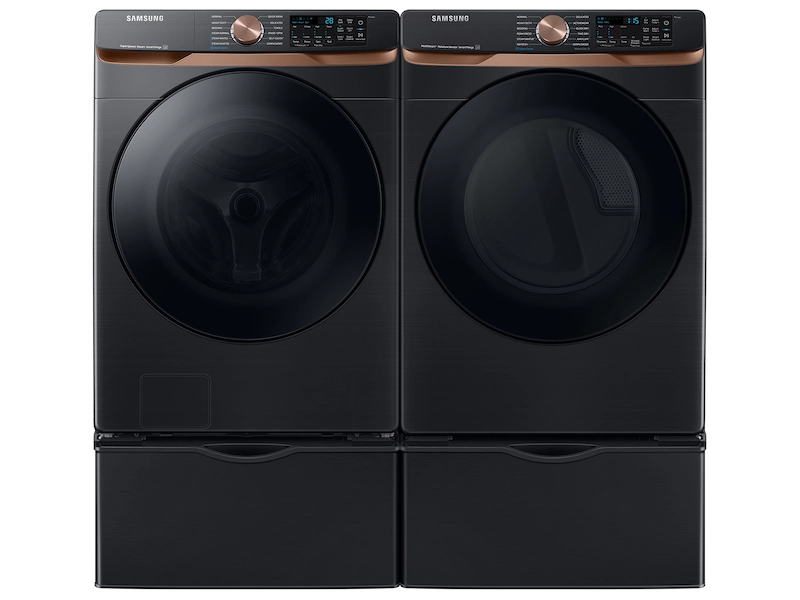
VII. Conclusion: Maintaining a Mold-Free Washing Machine
Maintaining a clean and mold-free washing machine requires diligence, proper care, and regular cleaning routines. By understanding the causes of mold growth and implementing preventive measures, you can minimize the risk of mold formation. Promptly addressing any existing mold and seeking professional help when needed ensures the long-term efficiency and cleanliness of your washing machine.
By keeping your washing machine mold-free, you can continue to enjoy fresh, clean clothes and maintain a healthy living environment. Consistency and adherence to preventive measures will help you maintain a hygienic washing machine and avoid the potential health risks associated with mold growth.

